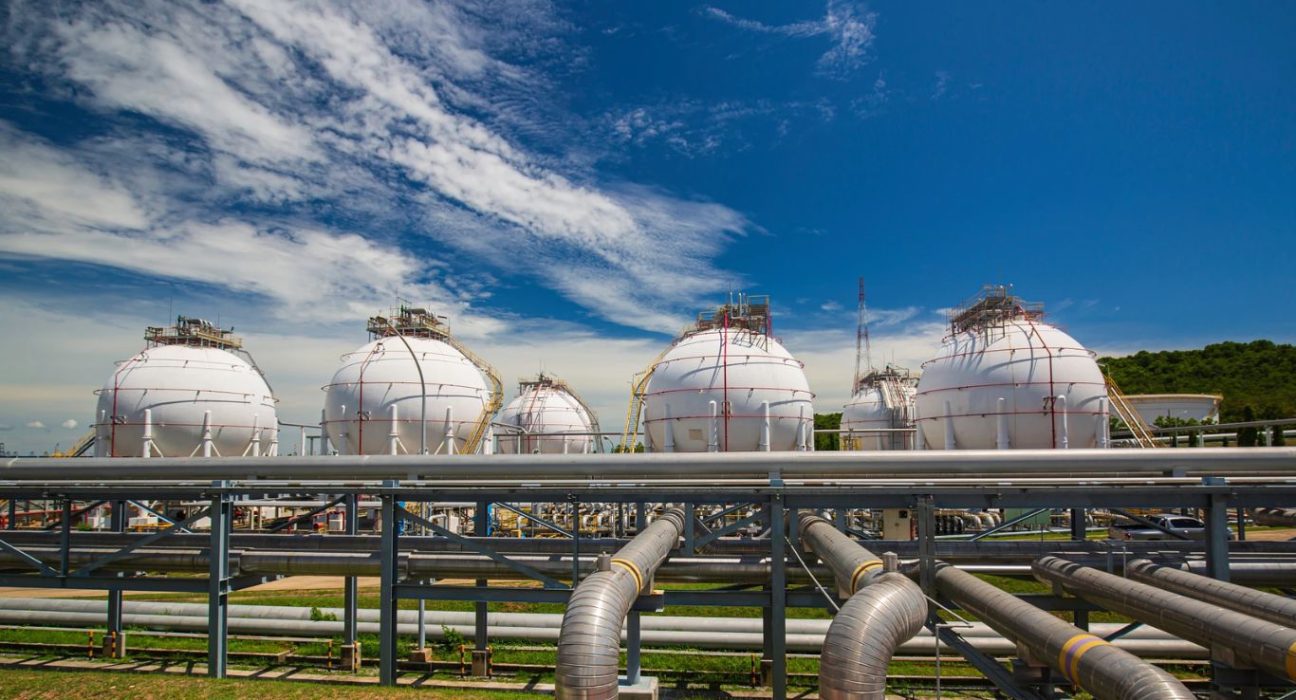Introduction
In the mid-Asian session on Friday, natural gas prices witnessed a positive upswing, with XNG/USD holding on to mild gains around $2.63. The recent price movement indicates a welcome change, as the commodity has managed to recover from a weekly low and post the first daily gains in three days. This article delves into the factors influencing the natural gas market’s current state and explores potential implications for consumers and investors.
Natural Gas Prices Find Support at $2.63
The natural gas market has shown resilience, as prices cling to a moderate increase during the mid-Asian session, settling at approximately $2.63 per unit of XNG/USD. This recent uptick follows a period of decline, where the market experienced a dip earlier in the week. However, the current bounce off the weekly low has brought some relief to traders and investors alike.
Factors Contributing to the Upward Trend
Several factors have influenced the recent price movement of natural gas. Firstly, demand for the commodity has been on the rise as economies continue to recover from the impact of the global pandemic. Industries and households have ramped up their consumption of natural gas for electricity generation, heating, and manufacturing purposes, contributing to an uptick in prices.
Secondly, supply constraints have played a role in supporting the market. Natural gas production in some regions faced disruptions due to weather events, maintenance activities, or logistical challenges, leading to reduced output. Such supply constraints, combined with increasing demand, have contributed to the current bullish sentiment.
Weather Patterns and Seasonal Impact
Weather patterns often exert a significant influence on natural gas prices, particularly during seasonal shifts. As the summer season progresses, demand for natural gas typically rises, driven by the need for electricity to power air conditioning systems. Additionally, during the Atlantic hurricane season, natural gas production in the Gulf of Mexico may face disruptions, leading to further price volatility.
Geopolitical Developments and International Trade
Geopolitical developments and international trade agreements also have the potential to impact natural gas prices. Tensions in major natural gas-producing regions, such as the Middle East or Russia, can create supply uncertainties that ripple through global markets. Additionally, changes in trade agreements or sanctions may influence the flow of natural gas to certain regions, affecting prices and market dynamics.
Environmental Concerns and Renewable Energy Transition
In recent years, growing concerns about climate change and environmental sustainability have led to increased interest in renewable energy sources. As countries and corporations embrace cleaner energy alternatives, the demand for natural gas may face challenges in the long term. The ongoing transition to renewable energy could impact the natural gas market, potentially influencing its pricing trends and future prospects.
Outlook for Consumers and Investors
The current state of natural gas prices carries implications for both consumers and investors. For consumers, the upward trend may result in higher energy bills, particularly for those relying heavily on natural gas for heating or electricity. Managing energy consumption and exploring energy-efficient alternatives could help offset some of these cost increases.
For investors, the recent bounce in natural gas prices could present trading opportunities. However, caution is advised, as market volatility remains a constant risk. Investors should closely monitor supply-demand dynamics, weather patterns, and geopolitical developments to make informed decisions.
Conclusion
In conclusion, the mid-Asian session on Friday witnessed a positive shift in the natural gas market, with XNG/USD displaying mild gains around $2.63 per unit. This welcomed recovery comes after the commodity bounced back from a weekly low, marking the first daily gains in three days. Various factors, including increased demand, supply constraints, weather patterns, and geopolitical developments, have contributed to the recent price movement. As consumers brace for potential energy cost increases, investors must approach the market with prudence, considering the various factors that may impact future pricing trends.










